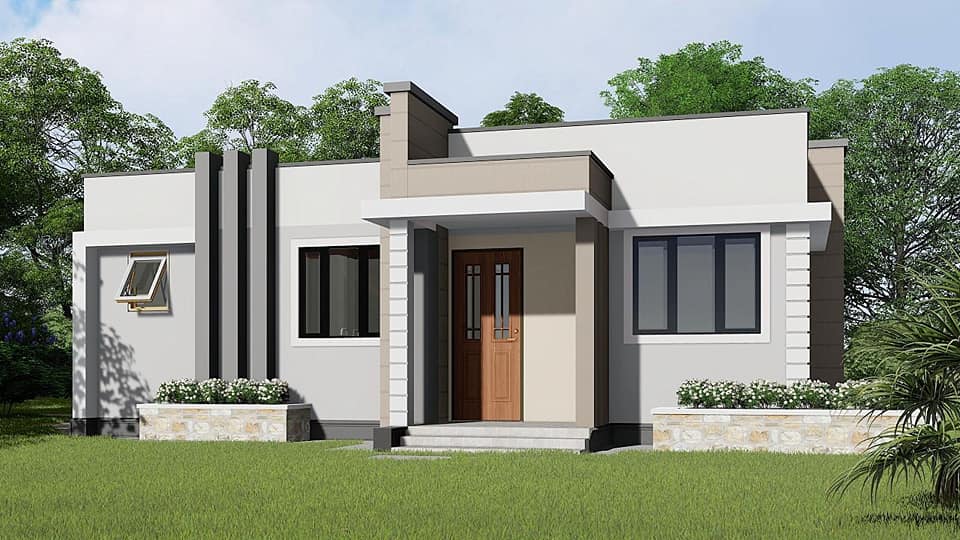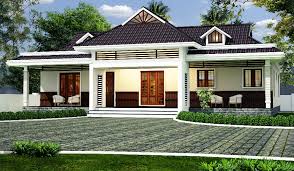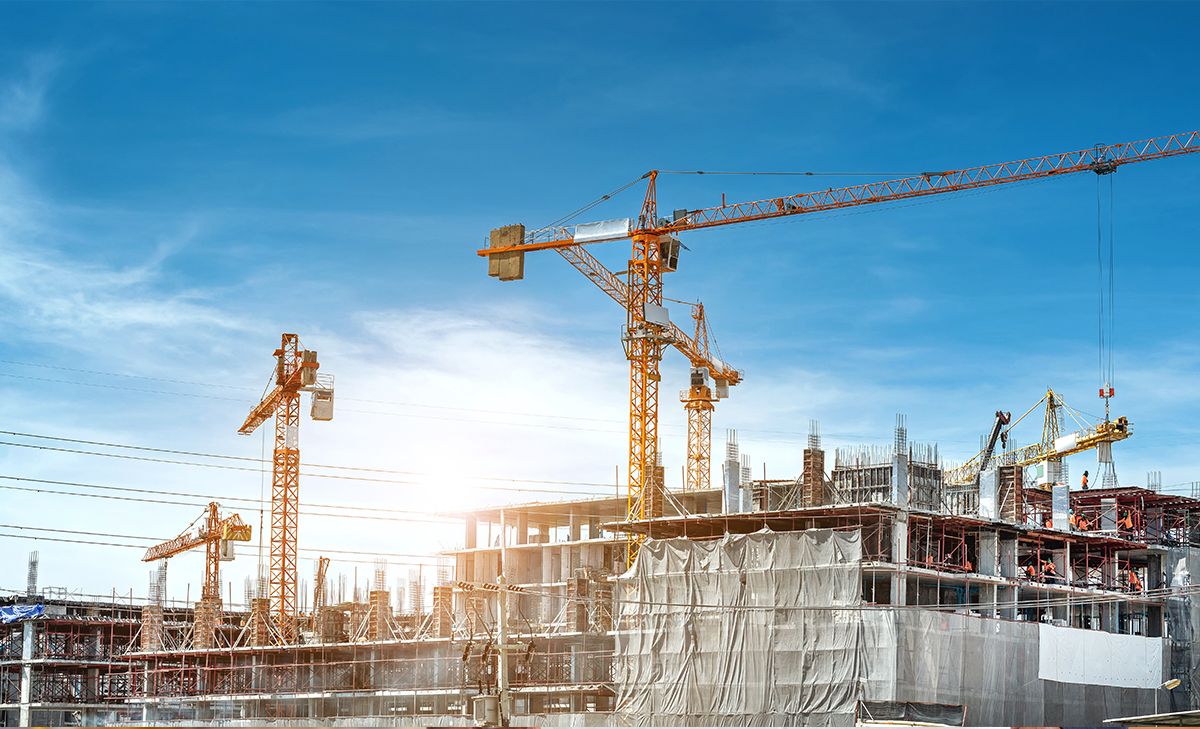Discover everything about real estate financing in Kenya — compare mortgage options, SACCO housing loans, KMRC-backed products, and learn how to choose, apply, and get approved for your dream home with ease.
Introduction
Real estate financing in Kenya has become the gateway for many Kenyans to own homes and invest in property. With the rise of affordable housing projects and flexible lending products, buyers now have more options than ever. Whether you’re purchasing your first home, investing in rental property, or building your dream house, understanding how real estate financing works is crucial. This guide breaks down every key financing route, compares mortgage and SACCO loans, and helps you choose the best option to match your goals.
Overview: What is Real Estate Financing in Kenya?
Real estate financing in Kenya refers to the various financial products and services that help individuals or companies buy, build, or invest in property. The financing ecosystem includes banks, SACCOs, microfinance institutions, and the Kenya Mortgage Refinance Company (KMRC), each catering to different borrower needs. Over the years, improved credit systems and government-backed refinancing programs have made housing loans more accessible and affordable for Kenyans.
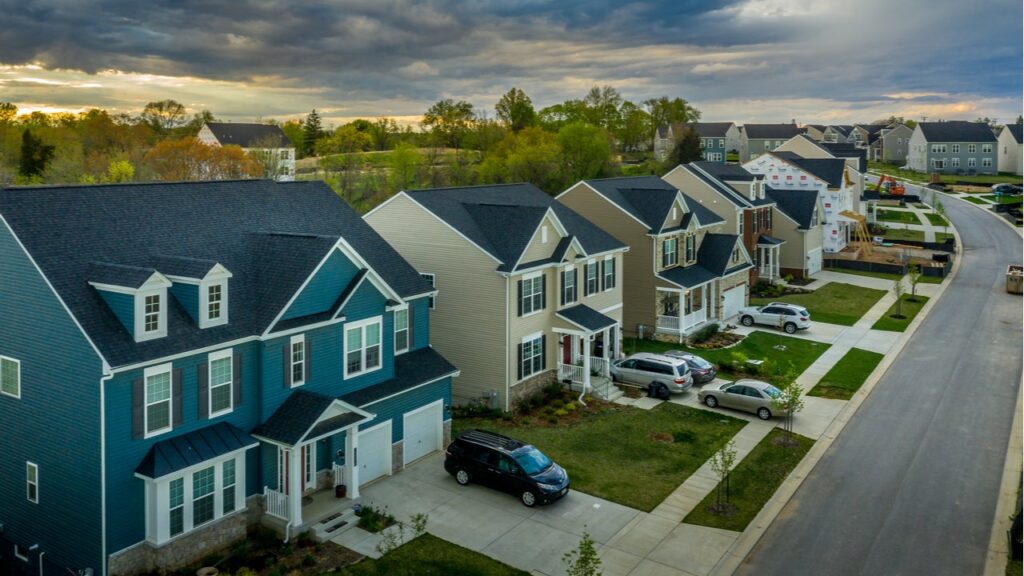
The Lending Ecosystem in Kenya
Kenya’s real estate financing landscape is driven by banks that offer standard home loans, SACCOs that provide community-based housing credit, and KMRC, which supports affordable long-term mortgages. Other players include microfinance institutions, insurance companies, and developers offering vendor financing. This mix ensures that borrowers have multiple options based on their income, credit score, and repayment capability.
How KMRC Supports Affordable Housing
The Kenya Mortgage Refinance Company (KMRC) was established to make home loans cheaper and easier to access. KMRC provides long-term funding to banks and SACCOs at lower interest rates, which they pass down to homebuyers. Through KMRC’s support, lenders now offer mortgages at interest rates as low as 9.5% with repayment periods extending up to 25 years. This model continues to push homeownership within reach for middle- and lower-income Kenyans.
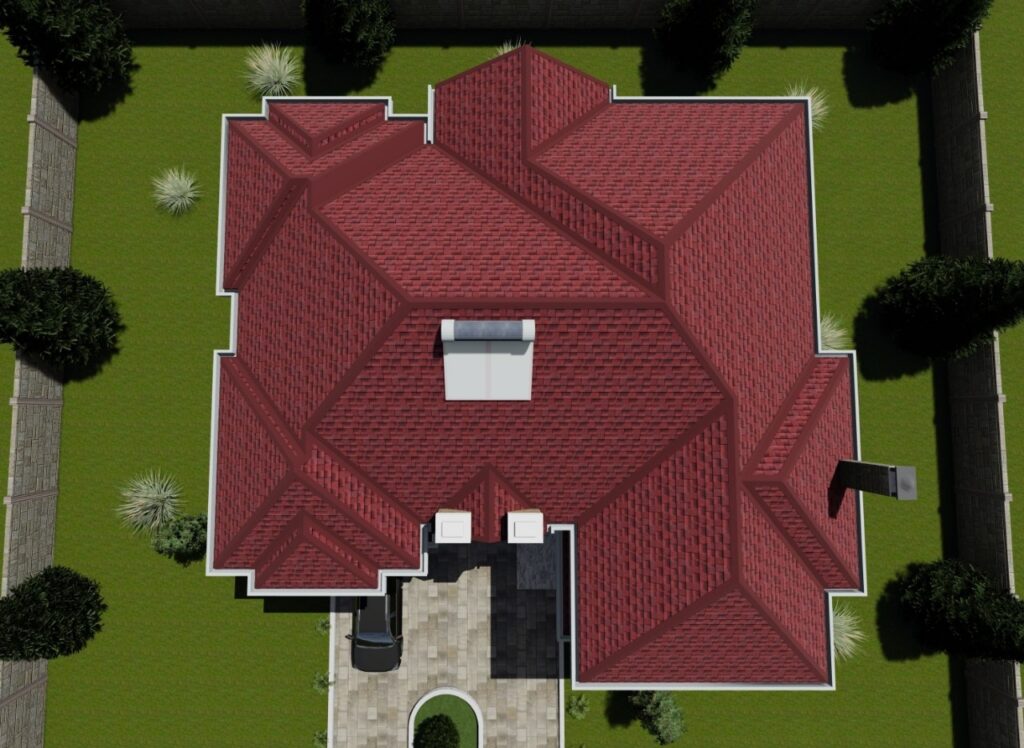
Mortgage Options in Kenya: Types and Who They Suit
There are several mortgage options available in Kenya, each tailored for different borrower categories. Understanding the differences between bank mortgages, KMRC-backed loans, and diaspora mortgages helps buyers make informed financial decisions.
Bank Mortgage Options
Commercial banks like KCB, NCBA, Stanbic, and HFC offer various mortgage products for both salaried and self-employed borrowers. These mortgages typically require a 10%–20% down payment and are offered for up to 20 years. Borrowers can choose between fixed and variable rate mortgages depending on their risk preference and market outlook.
KMRC-Backed Mortgages
KMRC-backed loans are designed to make homeownership more accessible through affordable interest rates and longer tenures. Lenders under KMRC’s umbrella can offer up to 105% financing, allowing borrowers to cover both the purchase price and related costs. This makes KMRC mortgages ideal for first-time homebuyers or lower-middle-income earners seeking affordable repayment plans.
Diaspora Mortgages
Diaspora mortgages cater to Kenyans living abroad who wish to invest back home. Banks like KCB, Equity, and Co-operative Bank offer foreign currency mortgage options in USD, GBP, or EUR. These products simplify property ownership for Kenyans abroad by allowing remote application, online document submission, and flexible currency repayment.
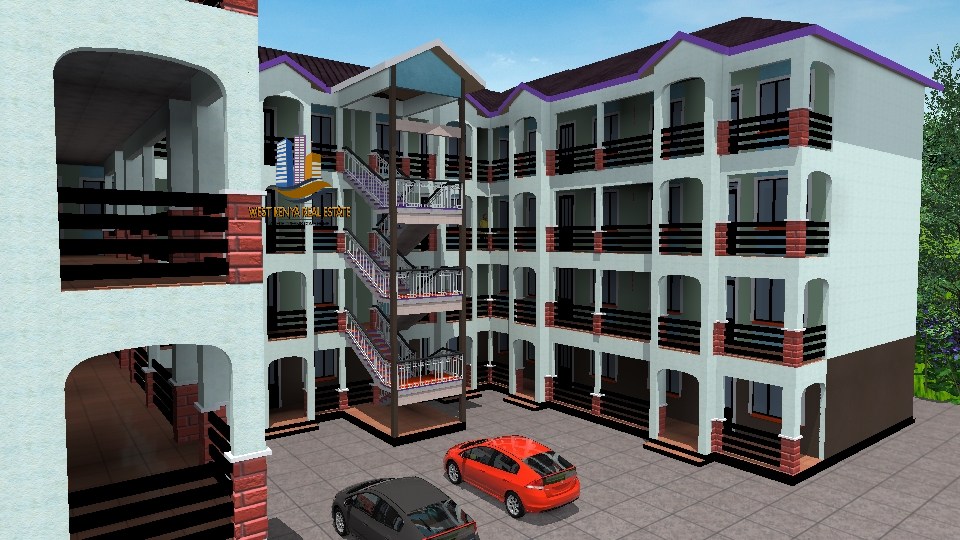
SACCO Housing Loans in Kenya: Affordable Alternatives
SACCOs remain a strong alternative to traditional banks for Kenyans seeking real estate financing. They operate under a member-based model that promotes savings and borrowing discipline while offering lower interest rates and faster approvals.
How SACCO Housing Loans Work
A SACCO housing loan is typically based on a member’s savings and contribution history. Borrowers can access loans worth up to three times their savings, often at interest rates lower than commercial banks. Since SACCOs emphasise trust and community ties, members with consistent contributions find it easier to qualify for housing loans.
When SACCOs Are Better Than Banks
SACCOs are especially suitable for borrowers with limited credit history or inconsistent income. They provide flexible repayment terms and personalised lending processes, which banks may not offer. However, borrowers must remain active members and maintain savings contributions to sustain their borrowing power.
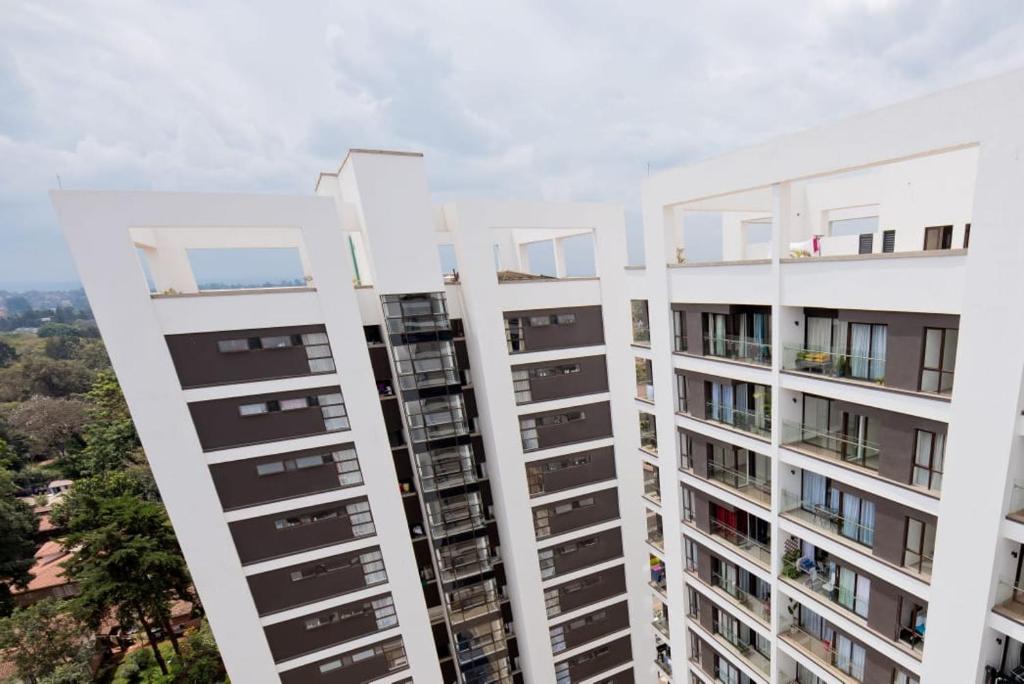
Combining SACCO and Bank Financing
Some borrowers combine SACCO loans with bank top-ups to bridge funding gaps, especially when building or completing a home. This hybrid financing model allows flexibility and can reduce the overall cost of borrowing. The key is maintaining discipline in both repayment structures.
Construction, Bridging, and Developer Financing
Not all property financing in Kenya comes through standard mortgages. Construction, bridging, and developer financing options cater to those building homes or investing in real estate projects.
Construction Loans
Construction loans are released in stages as building progresses. The borrower must present approved building plans, a bill of quantities, and contractor details before disbursement begins. These loans are ideal for individuals constructing on their own land and require careful project monitoring to avoid delays and overruns.
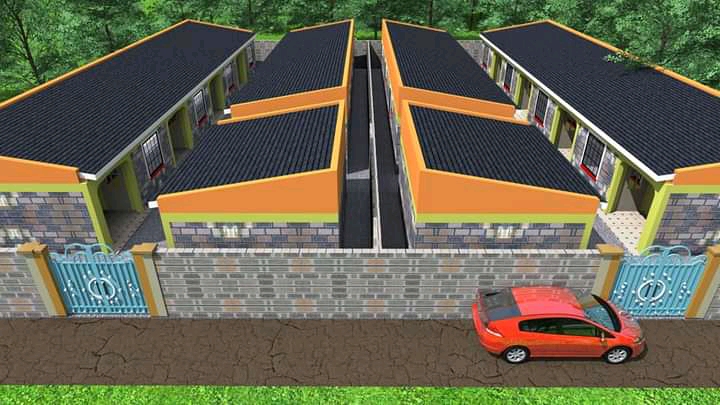
Bridging and Developer Financing
Bridging loans provide short-term funding while waiting for a long-term mortgage or property sale. Developer financing, on the other hand, allows buyers to pay in installments during construction or after completion. Both options offer flexibility but come with higher interest rates and strict payment timelines.
Equity Release Options
Equity release financing allows homeowners to unlock funds tied up in their existing property. It’s often used for renovations or to purchase additional real estate. This type of loan is growing in Kenya as more homeowners seek to reinvest their property value.
Costs, Fees, and Risks in Real Estate Financing
Real estate financing involves various costs beyond the interest rate. Understanding these charges helps borrowers budget accurately and avoid surprises.
Upfront Fees and Charges
Borrowers typically pay valuation, legal, insurance, and processing fees before loan approval. Valuation fees range from 0.25% to 1% of the property’s value, while legal fees can be negotiated with the bank’s panel lawyers. These upfront costs should be factored into the overall financing plan.
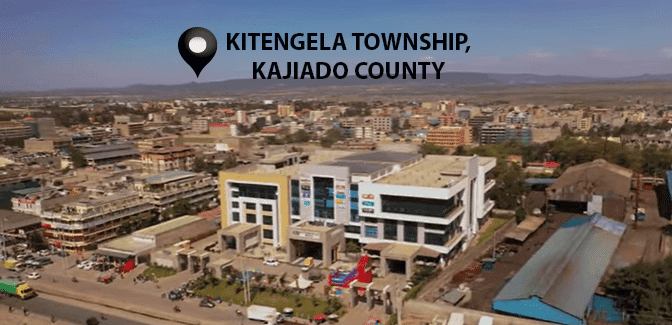
Hidden and Ongoing Costs
Some loans include ongoing costs such as insurance premiums, monthly account maintenance, and early repayment penalties. Borrowers should also be aware of repossession risks if repayments fall behind. Always read and understand the loan agreement before signing.
Eligibility, Documents, and Affordability Checks
Every lender in Kenya has specific requirements that determine whether an applicant qualifies for financing. Proper documentation and a clear income trail improve approval chances significantly.
Requirements for Employed Borrowers
Salaried applicants must provide three months’ payslips, six months’ bank statements, a copy of ID, KRA PIN, and a sale agreement. Lenders also assess the debt-to-income ratio to ensure affordability. Having a stable job history increases approval chances.
Requirements for Self-Employed Borrowers
Self-employed individuals must provide business registration documents, audited accounts, and tax compliance certificates. Lenders review bank statements to gauge income stability and repayment potential. Proper bookkeeping enhances credibility during evaluation.
Diaspora Applicant Requirements
Diaspora applicants are required to submit proof of income abroad, employment letters, and local property details. A local guarantor or attorney-in-fact may also be needed to facilitate document signing and property inspection. Most banks allow digital submission to simplify the process.

How to Improve Loan Approval Chances and Lower Rates
Loan approval in Kenya depends on financial discipline and creditworthiness. A few practical steps can increase the likelihood of success.
Building a Strong Credit Profile
Lenders prioritise borrowers with consistent savings records and good credit history. Paying bills on time, maintaining active accounts, and avoiding unnecessary loans can help. Credit reference bureau (CRB) clearance is often required before approval.
Negotiating Better Rates and Terms
Borrowers should compare offers across banks and SACCOs to negotiate lower interest margins. Opting for KMRC-backed products or providing higher deposits can help reduce rates. Some lenders also reward loyal customers with preferential terms.
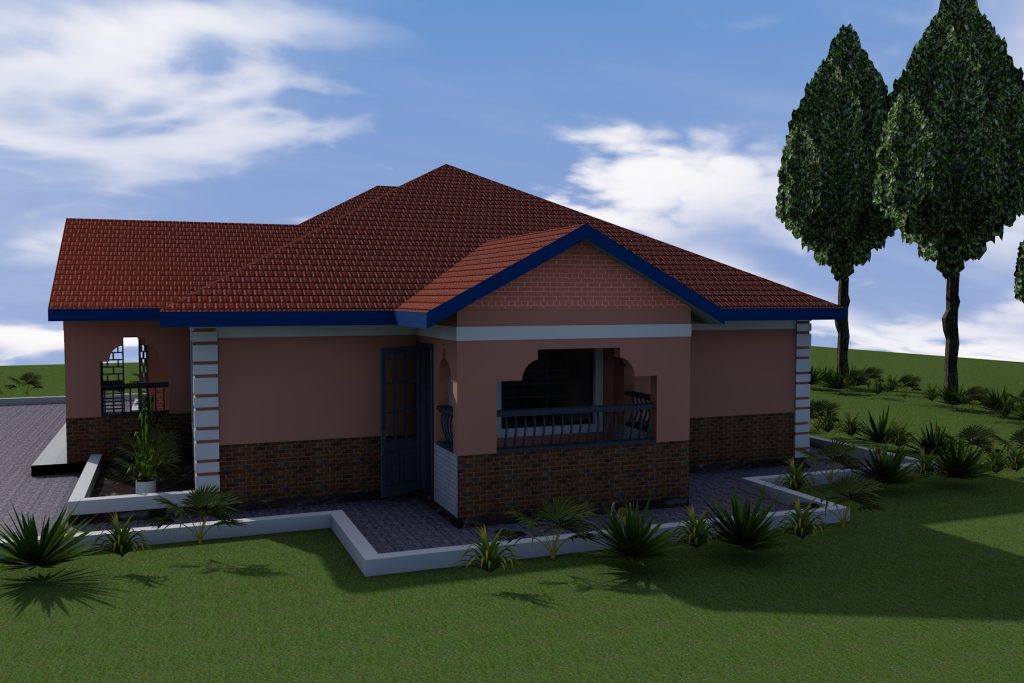
Comparison Tools and Real-Life Examples
Understanding how financing options affect repayment helps borrowers make informed choices. Real-world examples illustrate how different products impact monthly budgets.
Mortgage Payment Example
For example, a KSh 6 million mortgage at 9.5% interest over 20 years would cost about KSh 56,000 monthly. Extending the term to 25 years lowers payments but increases total interest. Borrowers should always balance affordability with total cost.
SACCO and Bank Loan Combination
A SACCO member might secure KSh 2 million at 10% and top up KSh 3 million from a bank mortgage. The combined rate can significantly reduce total payments. This strategy works well for borrowers needing flexibility and lower blended costs.
Conclusion: Choosing the Best Real Estate Financing Option
Real estate financing in Kenya continues to evolve, offering more tailored products for different borrower needs. Whether through banks, SACCOs, or KMRC-backed loans, buyers can now access affordable options suited to their goals. Always evaluate interest rates, fees, and repayment flexibility before committing. With careful planning, you can secure financing that turns your property dream into reality.



